A year ago, the argument over which game console to buy went something like this: The PlayStation 4 and Xbox One were shiny black spec-troves of next-gen performance assurances glossed with wishful gameplay hypotheticals wrapped around the reality of comparably anemic launch titles, whereas the Wii U had Super Mario 3D World, LEGO City Undercover, The Legend of Zelda: The Wind Waker HD, Pikmin 3 and The Wonderful 101. The best PS4/X1 launch game, Assassin’s Creed IV: Black Flag, was on the Wii U, too, and so the choice seemed obvious, at least through December 2013.
But 2014 turned out to be a weird year. People actually bought the new consoles, despite much morbid prophesying in the years leading up to their arrival about the death of set-tops. The PlayStation 4 went on to sell so many units worldwide that by August even Sony was scratching its head in bewilderment. And while the Xbox One appears to be selling at lower volumes (Microsoft’s been reticent about its performance), it’s still outpacing life-to-date sales of its predecessor. Both companies are performing at levels they weren’t supposed to, in other words.
Nintendo, too. Pundits prematurely mourned the Wii U (including yours truly) after gloomy fiscal 2013 figures in early May, as Wii U sales slowed to a trickle. But the Wii U rebounded a week later off the arrival of Mario Kart 8, and the company on the whole rebounded in October (thanks to indefatigable Mario Kart 8 sales) when Nintendo announced a surprising fiscal course reversal. Nintendo’s Wii U has at last check sold over 7 million units, and that’s before Hyrule Warriors, Bayonetta 2, Super Smash Bros. for Wii U or the forthcoming Captain Toad: Treasure Tracker hit the books.
MORE: This Is Why Nintendo Is Crushing It All of a Sudden
So 2014 basically wants to plunder your bank account (and probably already has). And the looting’s just started: we’re now looking at a console triumvirate in 2015, each system staking out sustainable turf, and each now boasting a bevy of unmissable existing games and anticipated upcoming ones. What to do?
You could buy them all, of course, but that’s a hardcore move and financially impractical for most. You could pick two, and even if you’re dead set on owning gaming with a PC, PlayStation 4 or Xbox One, there’s a powerful argument here for the Wii U as a must-have secondary system, given the caliber of its exclusive content.
But let’s assume you have none of the above, and that you’re finally ready to pull the trigger on something that isn’t a smartphone, tablet or PC. Were that my circle to square, and if I didn’t do this for a living…
I’d still pick the Wii U…
1. Because it still has the first- and second-party games I most want to play now
It’s been a good year for third-party games you won’t find on Nintendo’s Wii U. Alien: Isolation, Far Cry 4, Middle-earth: Shadow of Mordor and Dragon Age: Inquisition are terrific. But you could also argue the rest of 2014’s triple-A darlings are basically recycling bin material: Diablo III, Grand Theft Auto V, Tomb Raider Definitive Edition, The Last of Us and Halo: The Master Chief Collection look tremendous in their new digs, but they’re still remakes of games we already played, however compellingly wrinkled.
As far as standout exclusive new-IP goes, the Xbox One has Sunset Overdrive and Forza Horizon 2 (and maybe Titanfall), while Sony has Final Fantasy XIV and Velocity 2X. But that’s it. And, not that I’m complaining, the PS4 and Xbox One are basically cheap midrange PCs, parleying the lingua franca of a decades-old gaming paradigm interface-wise. Any notion of inventive holism pretty much died when Microsoft unbundled Kinect from Xbox One.
Nintendo’s playing a very different game with its very different-looking console, where, absent robust third-party support, it’s doubled down on first- and second-party properties, as well as banking on the fact that no one else (on consoles, handhelds, computers, or mobile devices) has the sort of franchise cross-demographic appeal it does. You could call that requirement to self-propel a liability — or an opportunity.
Thus on Wii U, you now have a small library of standouts, like: Bayonetta 2, Donkey Kong Country: Tropical Freeze, Hyrule Warriors, The Legend of Zelda: The Wind Waker HD, LEGO City Undercover, Mario Kart 8, New Super Mario Bros. U, Pikmin 3, Pushmo World, Super Mario 3D World, Super Smash Bros. for Wii U and The Wonderful 101. It’s an enviable exclusive lineup by any measure.
Nintendo’s also been making something of the fact that on Metacritic, eight Wii U games (Super Mario 3D World, Rayman Legends, Super Smash Bros. for Wii U, Bayonetta, Bayonetta 2, Mario Kart 8, The Legend of Zelda: The Wind Waker HD and Pikmin 3) currently hold critic scores of 85 or higher and user scores of 8.5 or better, compared with just two games all told across rival consoles. I’m ambivalent about score aggregation sites (and scores in general) as quality arbiters, but it is interesting to note that rare confluence of critical and public appraisal.
2. Nintendo doesn’t need third parties the way Microsoft and Sony do
The point in any for-profit business is, by definition, to be profitable. If Nintendo can figure out how to stay in the black, given the company’s first- and second-party software attach rates, I’m not sure how much unit sales matter in terms of who’s first, second or third, so long as there’s steady growth.
No, you’ll never see crazy Grand Theft Auto V figures on the Wii U, where you’re selling tens of millions of copies of a game across platforms with a combined install footprint of over 150 million units (for that matter, it’s hard to conceive of Mario Kart Wii sales levels). But at 2 or 3 or 4 million units a piece, the bestselling Wii U titles are selling at perfectly respectable levels given the number of systems in the wild.
And if the Wii U continues to make install base inroads and its first/second party attach rates remain high, Nintendo may be all the support Nintendo needs to make good on its platform for at least the next several years, while at the same time being able to plausibly brag that the Wii U has the best games per capita.
It’s a shame Nintendo hasn’t been able to lure more third-party bigwigs, but whether that’s the development environment (the Wii U lacks processing headroom, contrasted with its peers) or the chicken-egg install base conundrum, it’s also ironically turning out to be a bootstraps referendum on a company’s ability to singlehandedly revitalize its flagship platform.
3. Nintendo just opened a massive new game development center in Kyoto
An addendum to the last point, Nintendo of America president and CEO Reggie Fils-Aime confirmed in a phone interview that the company’s focus is now squarely on Nintendo-delivered content.
“We have to use our first-party and increasingly second-party content to grow our install base, that’s our mission,” Fils-Aime told me, then qualified this by noting Nintendo just opened a research and development facility in Kyoto, right next to the company’s global headquarters.
“This R&D center will be the home to 1,500 game developers,” Fils-Aime said. “Companies would be thrilled to have that many game developers working on their business. We have these game developers creating content exclusive to our platforms.”
Again, the key phrase here is doubling down. It guarantees nothing, but to the extent educated guesses matter when making buying choices, I’d say it means we’ll see a lot more Nintendo-led content emerge from Kyoto in the years to come–content designed to justify the kinds of idiosyncratic holistic experiences that Nintendo specializes in.
See The 15 Best Video Game Graphics of 2014
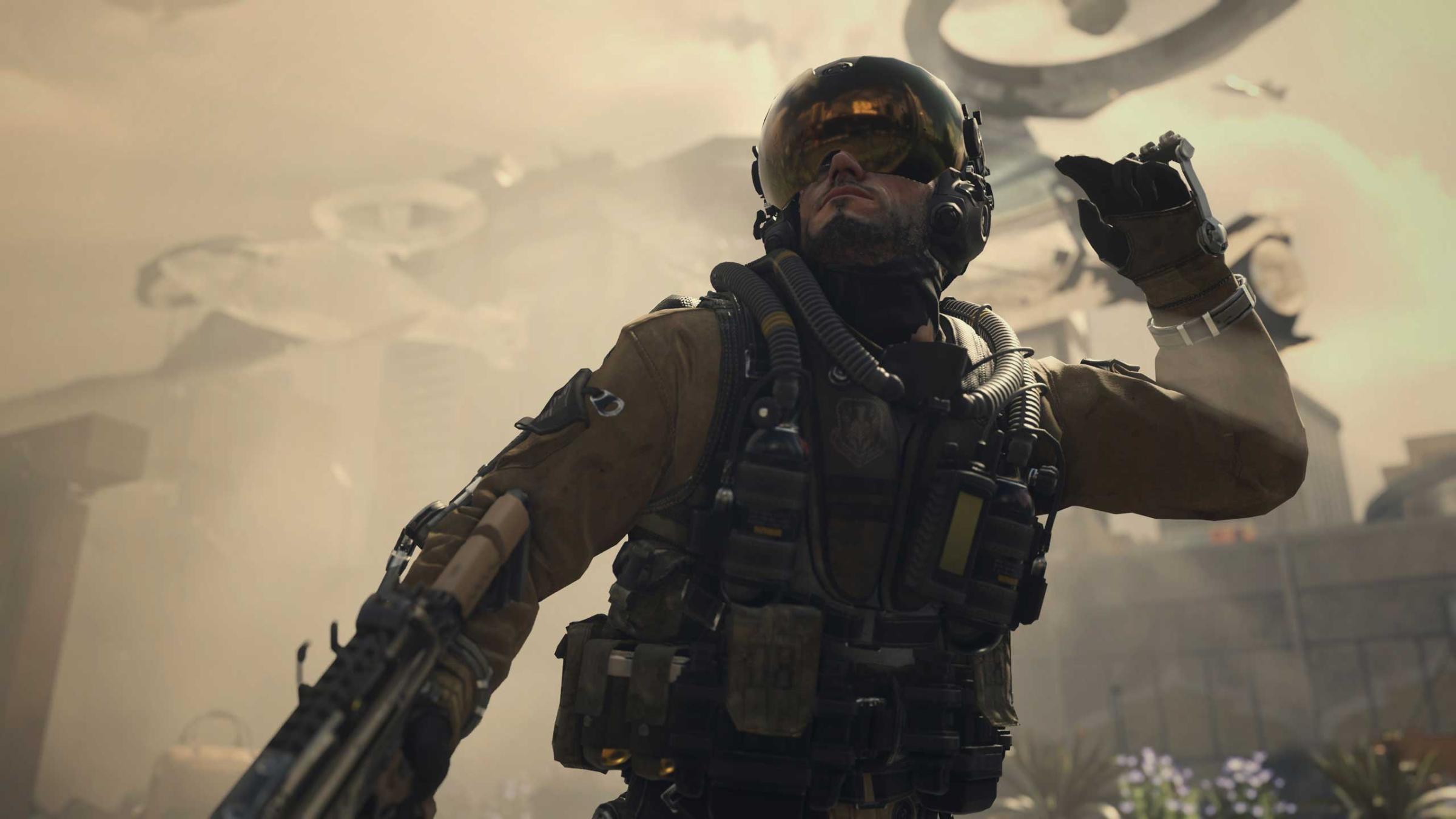




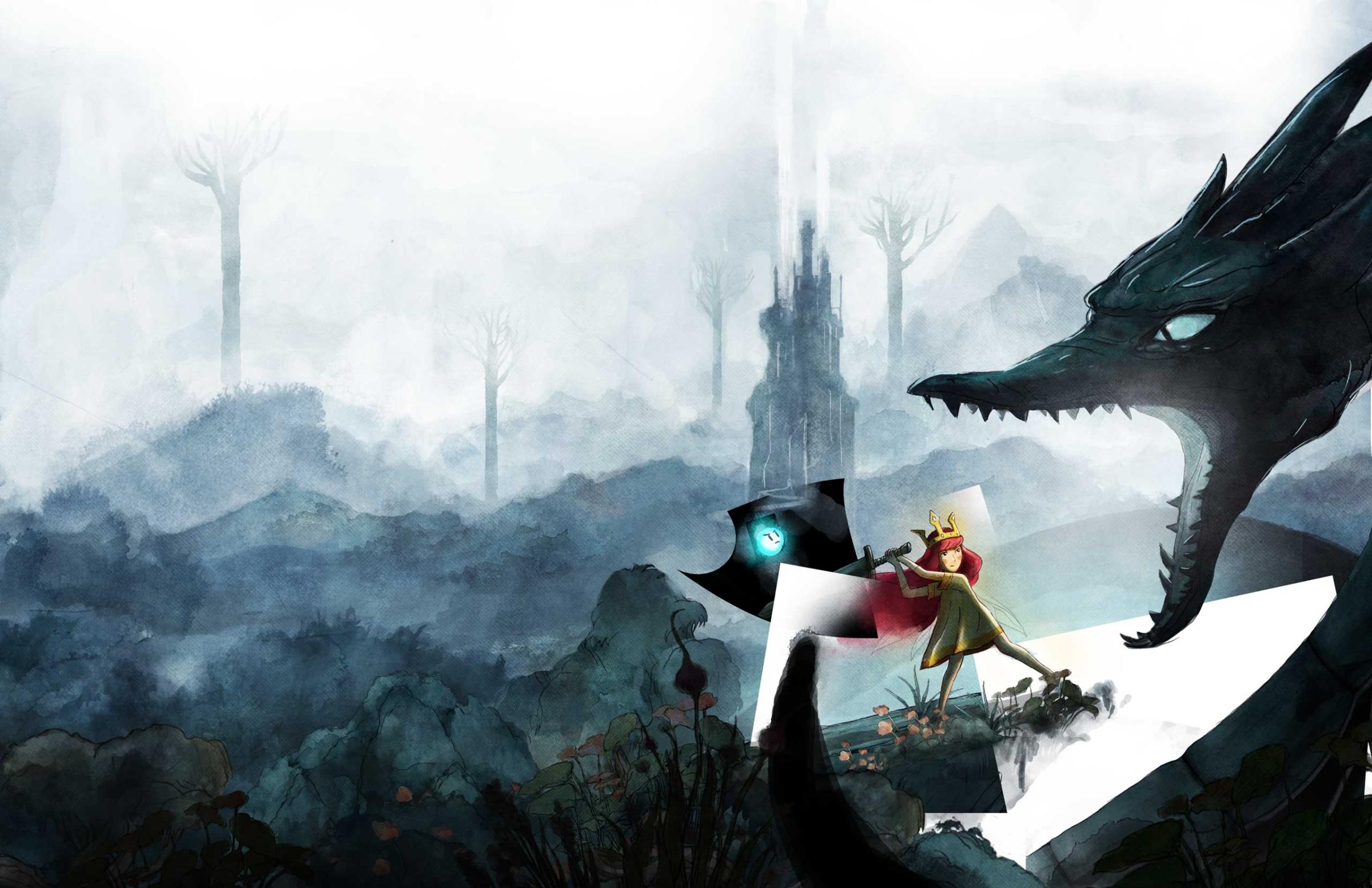

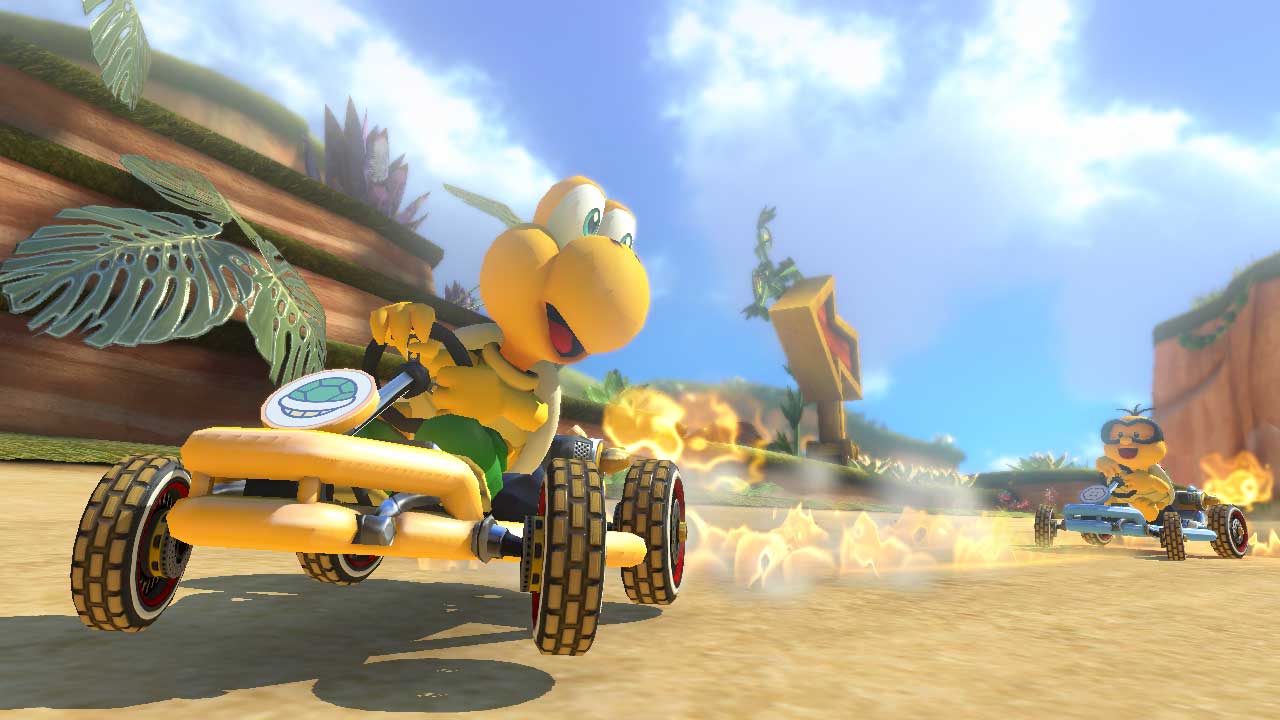
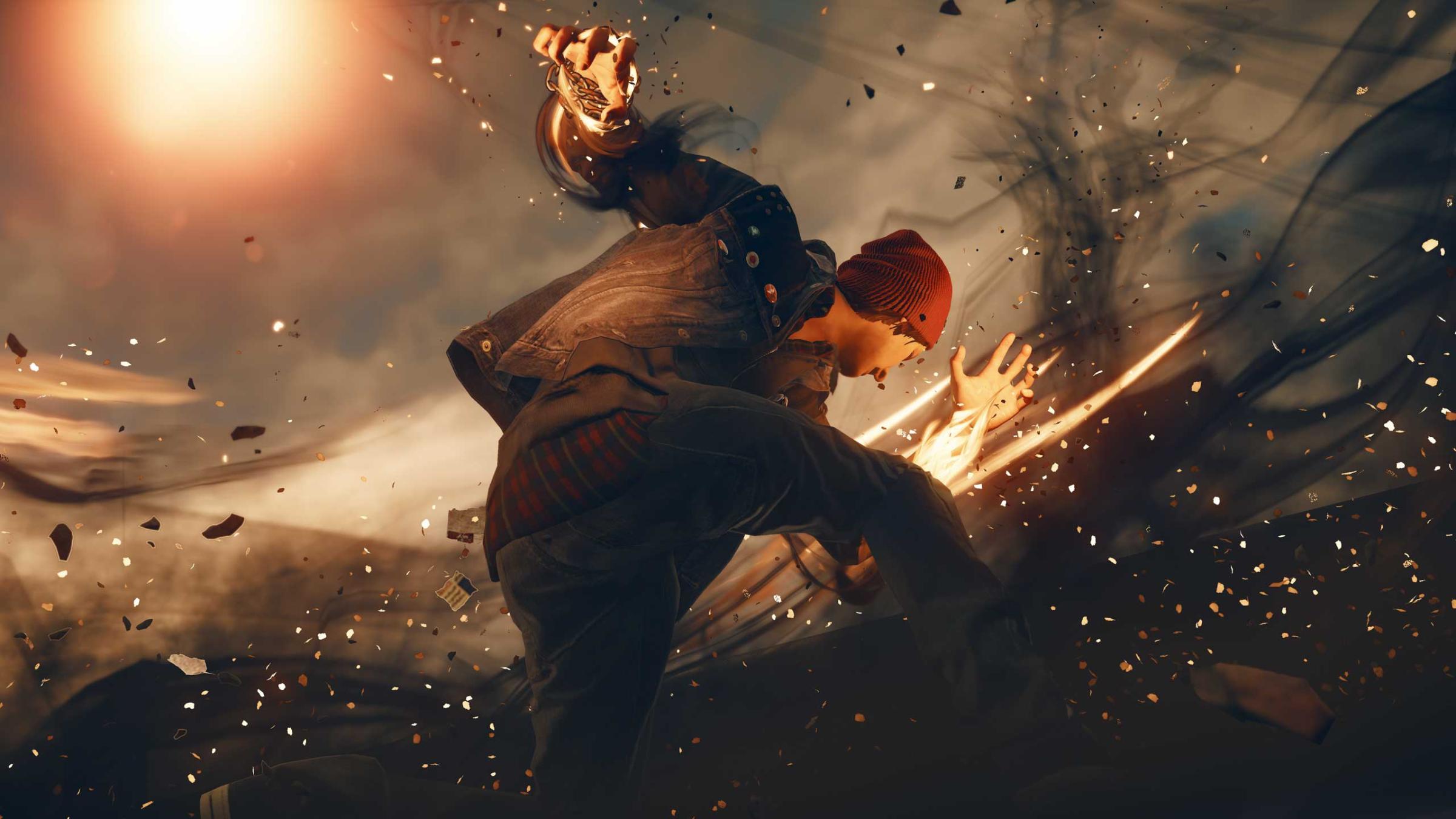
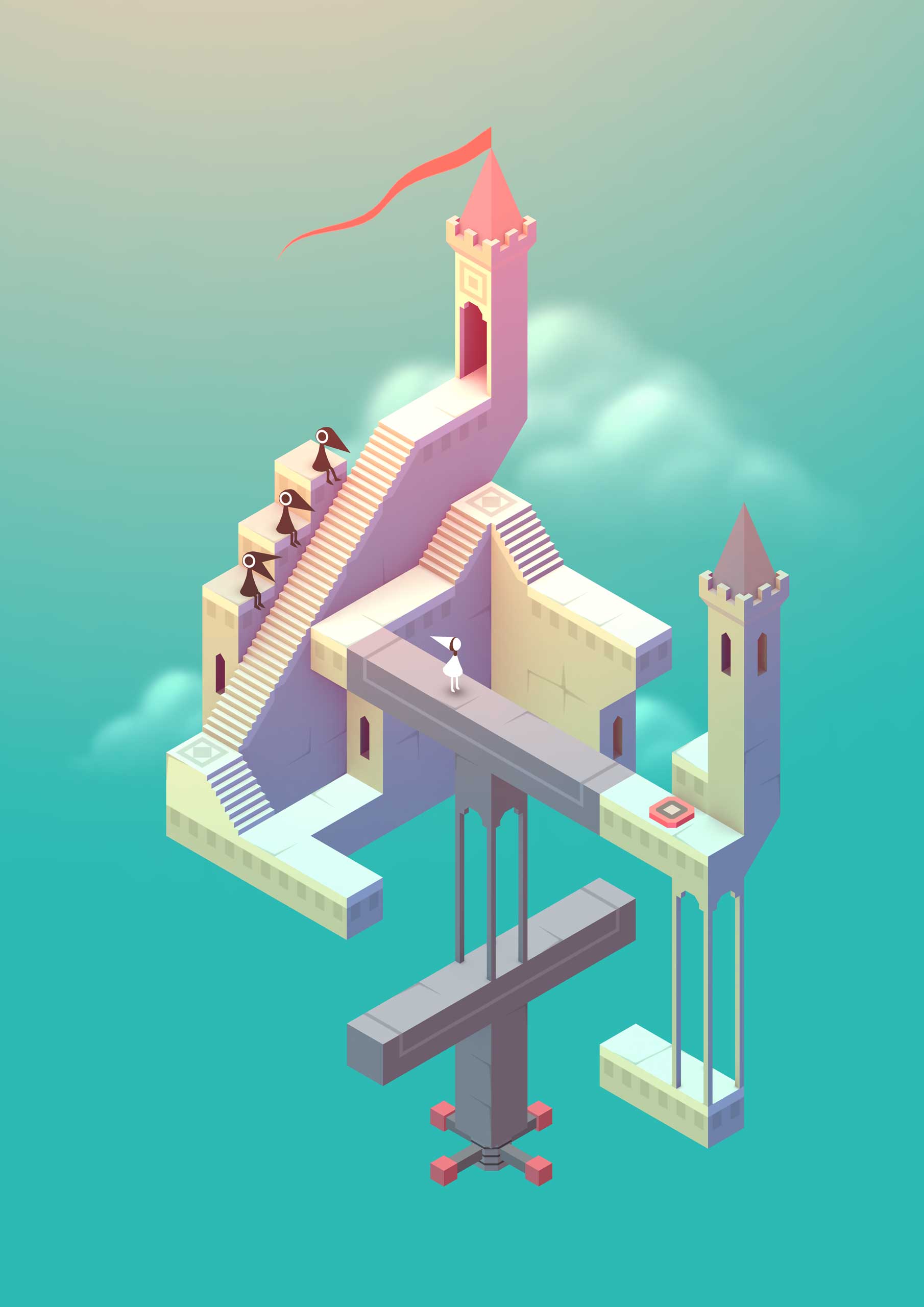

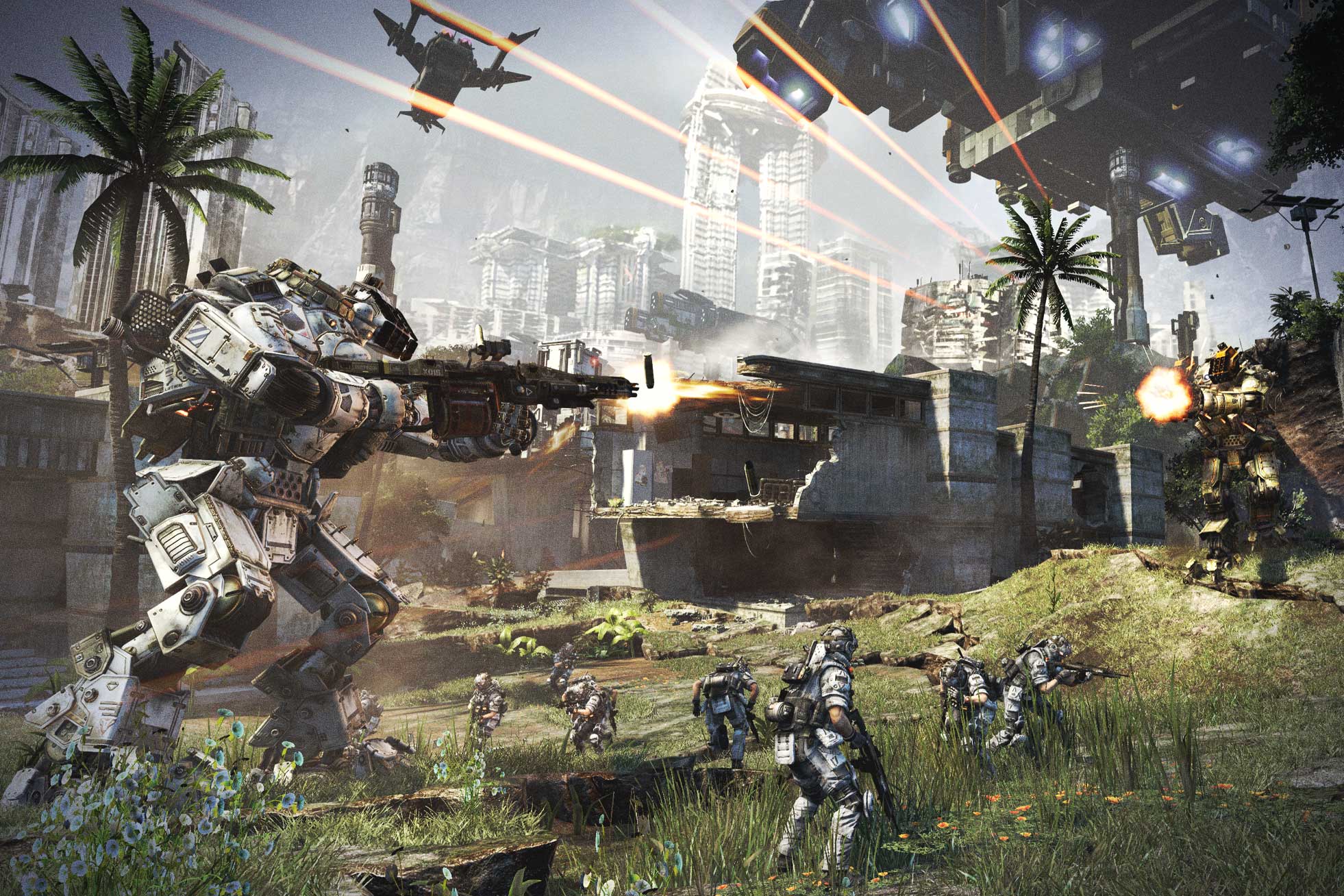

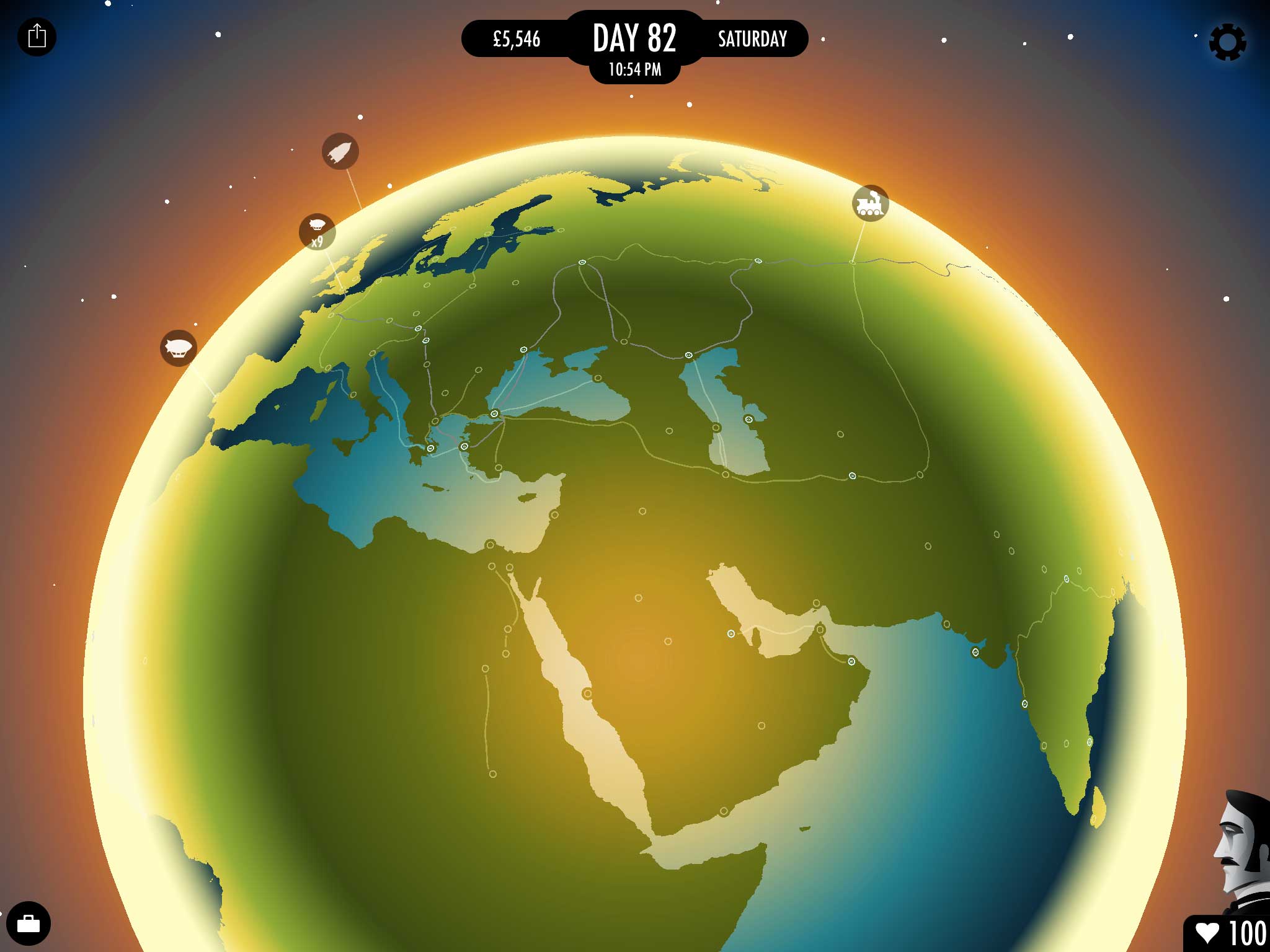
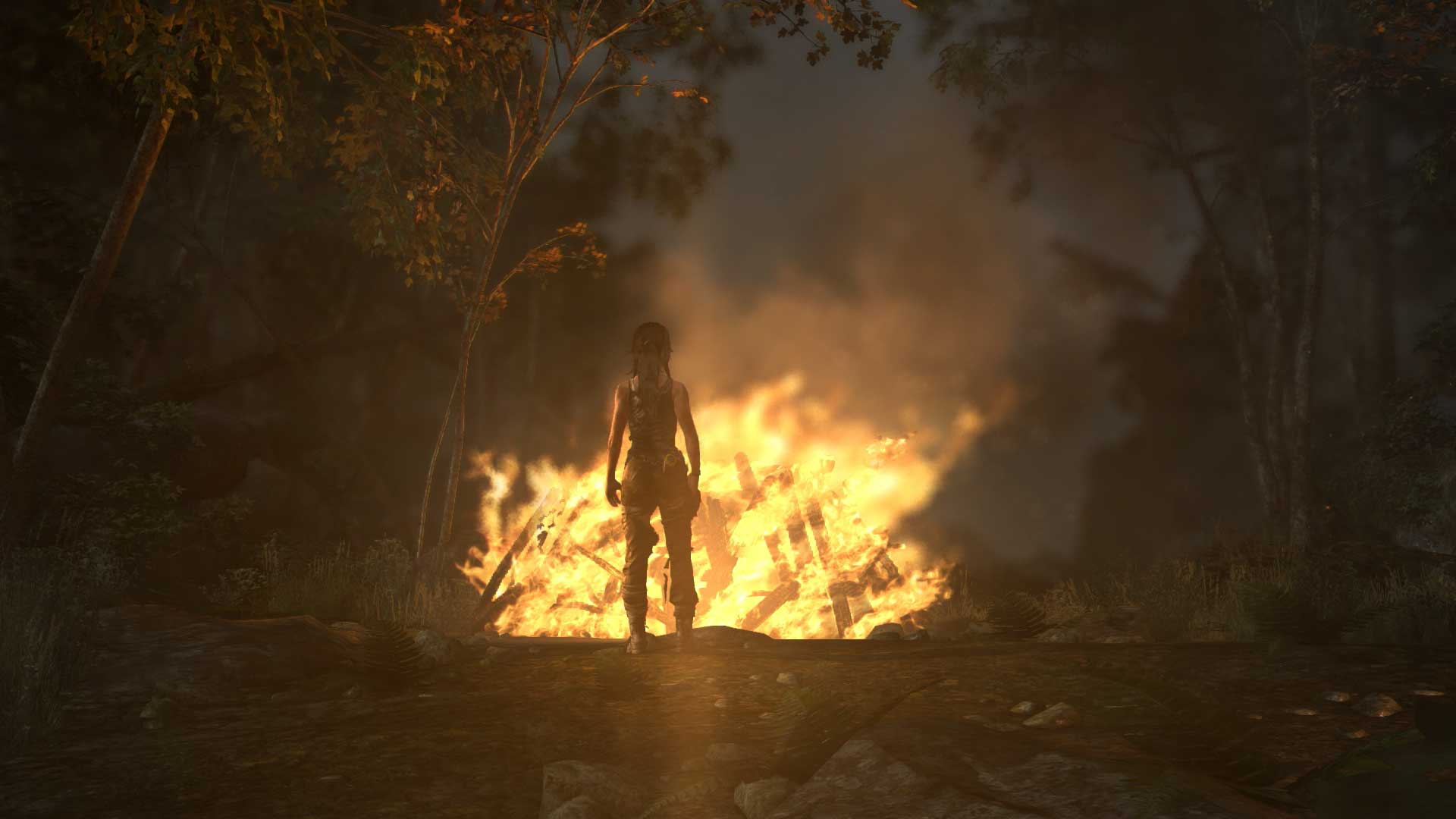
4. Super Smash Bros. for Wii U is already buoying the system (as Mario Kart 8 before it)
Super Smash Bros. for Wii U sold just shy of half a million copies in the U.S. alone from November 21 to 23, making it the fastest selling Wii U game to date. That’s not a surprise, given the franchise’s appeal and the game’s unanimous critical plaudits. But looking at how much Mario Kart 8 alone did for the platform, it also undergirds the argument that Nintendo may be able to sustain the Wii U simply by delivering compelling Nintendo-incubated experiences rolling forward.
5. Speaking of, the Wii U’s 2015 lineup looks terrific
Some of the games I’ve personally been waiting for longest on any platform arrive next year: Splatoon (a cooperative anti-shooter in which teams attempt to slime swathes of a base with paint-guns for points), Yoshi’s Wooly World (the followup to Kirby’s Epic Yarn for Wii), Kirby and the Rainbow Curse (the followup to Kirby: Canvas Curse for the Nintendo DS), Xenoblade Chronicles X (a spiritual sequel to the best open-world roleplaying game I’ve ever played), Star Fox (the behind-the-scenes E3 demo I played was a little shaky, but some of the ideas and related “Project” mini-games were intriguing) and of course the enigmatic new The Legend of Zelda (you can take “enormous high-def world” for granted–producer Eiji Aonuma’s plans to subvert classic Zelda tropes is far more interesting).
6. Off-TV gaming still rules
Yes, Nintendo hasn’t made the second screen as novel and vital an interface as the Wii Remote and Nunchuk were for the Wii, and yes, the system’s meager wireless range (about two dozen feet) can be prohibitive. But if you want to yield control of your TV to someone else, the Wii U GamePad is the perfect size and interface to game off-screen, and an indulgence I’ll miss if the Wii U’s successor nixes the option.
7. It’s the only portable game console
The Wii U remains the only game system you can readily shlep around like a handheld, and one with friendlier ergonomics for longterm sessions than either Sony’s PS Vita or Nintendo’s own 3DS. The PS4’s slender enough, but you’d need to lug a screen with you, and it’s the screen that’s probably the biggest hurdle here. By folding the screen into the gamepad, Nintendo has essentially designed the first portable gaming platform that doesn’t in some fundamental way (think the tiny thumbsticks on the Vita) compromise the interface to said platform.
8. It’s powerful enough…
No, the Wii U can’t run games like Far Cry 4 or Assassin’s Creed Unity (looking as good as they do on PS4 or Xbox One, anyway), but that’s also the wrong reason to buy a Wii U. Look at the right reason–the system’s unmatchable first/second-party lineup–and the Wii U shines as a high-def platform in its own right.
For the record, several Wii U games on the system run at native 1080p (including Super Smash Bros. for Wii U). But even the ones that don’t–those running at 720p or some sub-1080p variant, say Mario Kart 8–look fantastic on a 1080p screen.
9. …while not at all power-hungry
Relative to the PlayStation 4 (137 watts) and Xbox One (112 watts), the Wii U sips just 34 watts of power on average when playing games, according to a report by the Natural Resources Defense Council. When streaming video, it employs less than half as much power (29 watts) as the next-worst console (the Xbox One at 74 watts). Its standby power is less than 1 watt (versus 8.5 watts for the PS4 and 15.7 watts for the Xbox One), and in annual energy use, it rates 37 kWh/y, versus 181 kWh/y (PS4) and 233 kWh/y (Xbox One).
10. It has the Virtual Console plus Wii backward-compatiblity
The PS4 still plays PS4 games and the Xbox One, only Xbox One games. The Wii U plays Wii U games, but also the entire Wii library (over 1,000 and counting), as well as NES and Super NES classics via the Virtual Console, from Super Metroid to F-Zero and Earthbound to Super Mario Bros. 3.
Sony is tinkering with its PlayStation Now streaming service, now in open beta, but the service forces you to make compromises, chiefly visual ones related to streaming inconsistencies derived from the intrinsic fickleness of the Internet.
11. It’s an unabashed games console, not a media player
Nintendo makes no bones about this, and that’s actually kind of nice. The PS4 and Xbox One are either too cumbersome or thermally challenged to nestle in cramped entertainment centers, nor are they as versatile as something like an Amazon Fire TV or Roku (or even an Apple TV, if you’re after iTunes library streaming).
You can access basic streaming services like Amazon, Hulu, Netflix and YouTube on the Wii U, and I’ll grant that Nintendo would benefit from adding music alternates like Spotify or Pandora. But I don’t miss Blu-ray or DVD or music CD support, because I don’t use physical media in set-top boxes anymore (and haven’t for years). That’s just a way-the-wind’s-a-blowin’ thing.
12. Amiibo adds gameplay wrinkles no one else has
Amiibo–Nintendo’s take on the toy-game market dominated by Skylanders and Disney Infinity–was designed from the get-go to work with each Nintendo game uniquely. And while current Hyrule Warriors and Mario Kart 8 functionality seems superficial (either daily bonuses or costume unlocks), its integration with Super Smash Bros. for Wii U is all but essential.
In the latter game, your amiibo becomes your sparring partner, leveling up as you train it and “feed” it stat boosts and mold it into something that’s uniquely your own. You can then use it in battles against other players’ amiibos, or–and this is a crucial idea-seller for me–as a way to study your own strengths and weaknesses: if you’re great at a certain maneuver, your amiibo will be too, but if you’re not doing something you ought to be, say raising your character’s shield, neither will your amiibo.
13. It’s still the cheapest current-gen console
$300 plus two pack-in games (Super Mario 3D World & Nintendo Land), versus $400 for Sony’s PlayStation 4 and $350 for Microsoft’s Xbox One (until $50 off deal expires in early January). That $50 to $100 differential adds up to additional games and accessories.
There’s also no annual subscription fee to access Nintendo’s online services, which, contrasted with Sony and Microsoft’s all but mandatory fees, saves you another $50 to $60 per year.
And while games like Super Smash Bros. for Wii U, Hyrule Warriors and Mario Kart 8 have made the leap to $60, the Wii U still has the most non-indie sub-$60 games today, from Captain Toad: Treasure Tracker, Donkey Kong Country Tropical Freeze, New Super Luigi U and The Legend of Zelda: The Wind Waker HD to LEGO City: Undercover, Nintendo Land and Wii Party U.
Vote Now: Who Should Be TIME’s Person of the Year?
More Must-Reads from TIME
- Donald Trump Is TIME's 2024 Person of the Year
- Why We Chose Trump as Person of the Year
- Is Intermittent Fasting Good or Bad for You?
- The 100 Must-Read Books of 2024
- The 20 Best Christmas TV Episodes
- Column: If Optimism Feels Ridiculous Now, Try Hope
- The Future of Climate Action Is Trade Policy
- Merle Bombardieri Is Helping People Make the Baby Decision
Write to Matt Peckham at matt.peckham@time.com